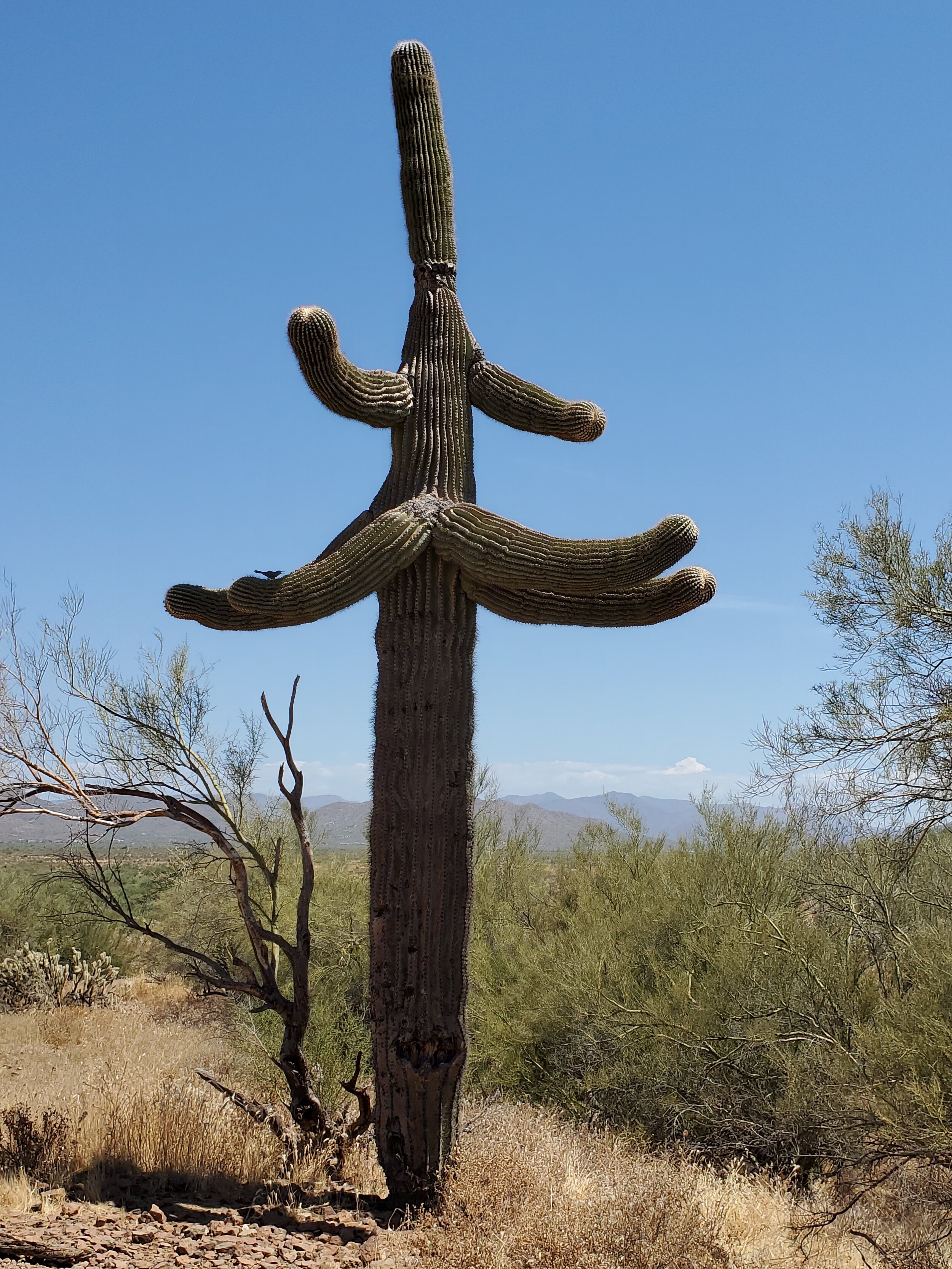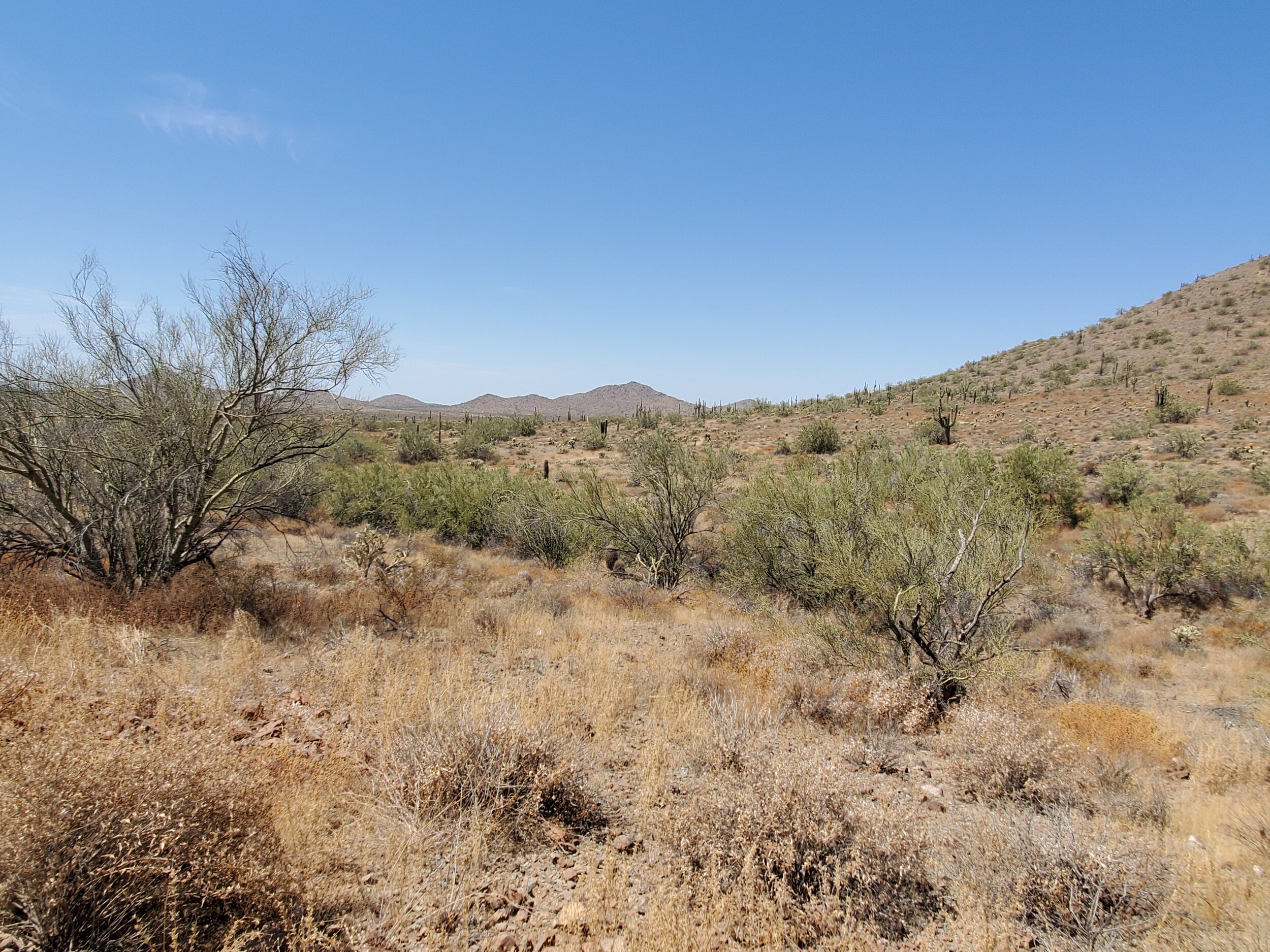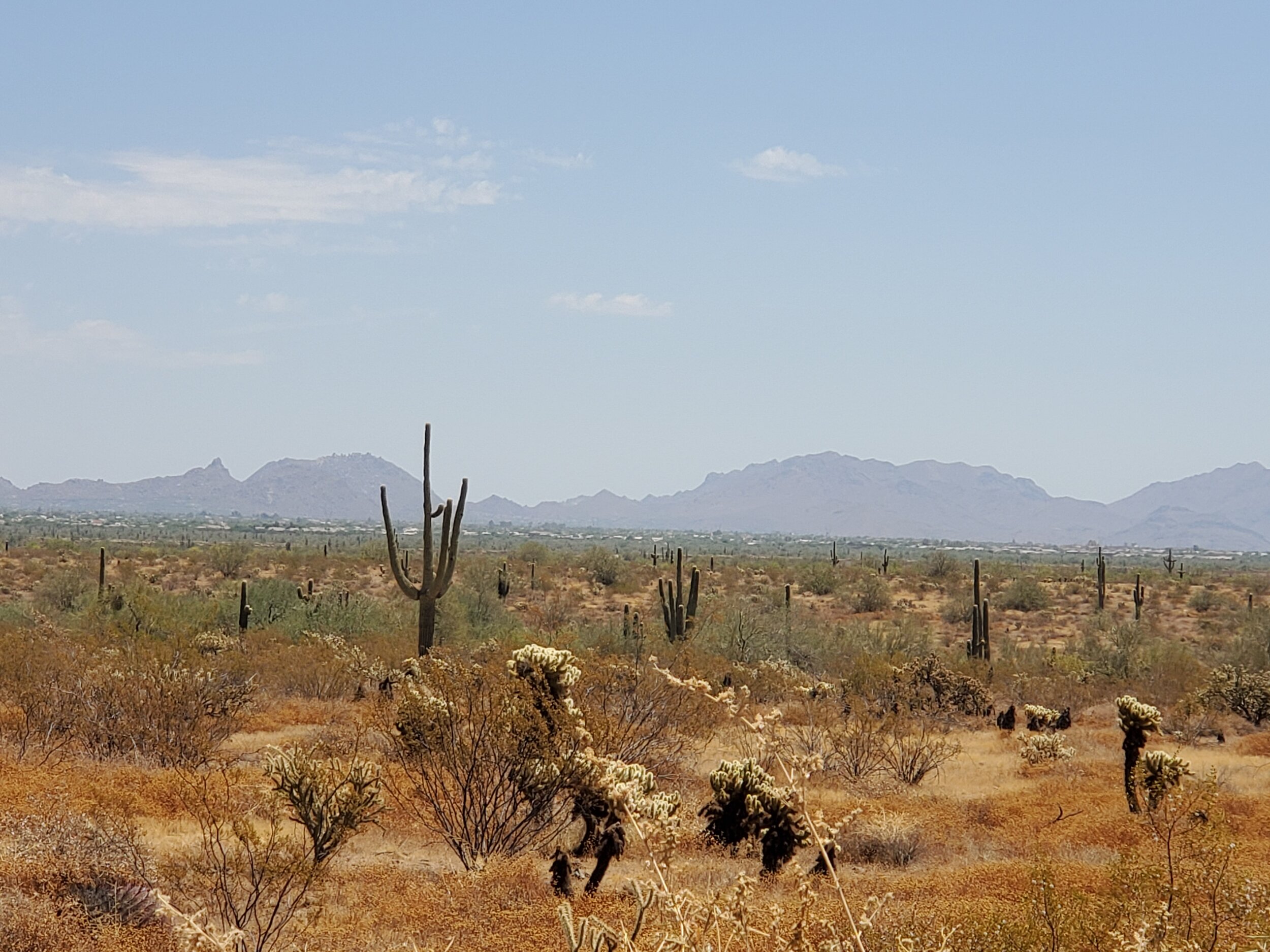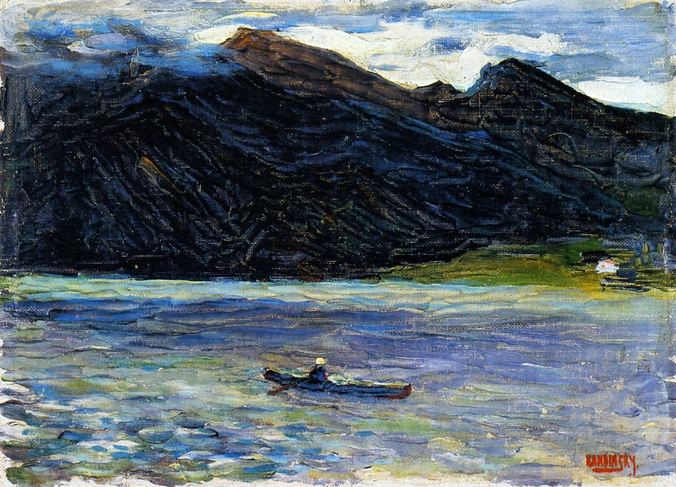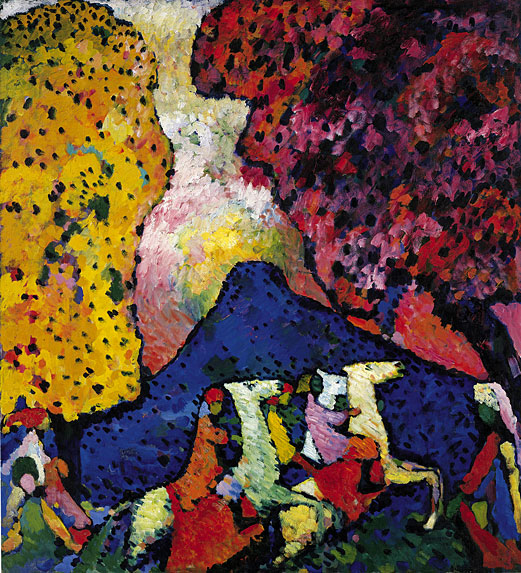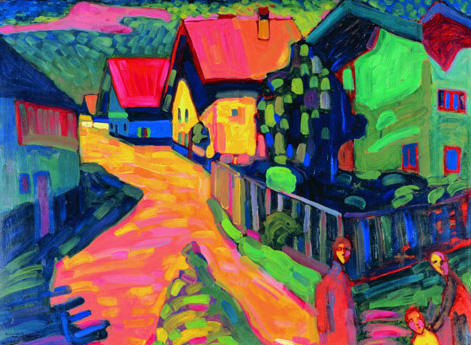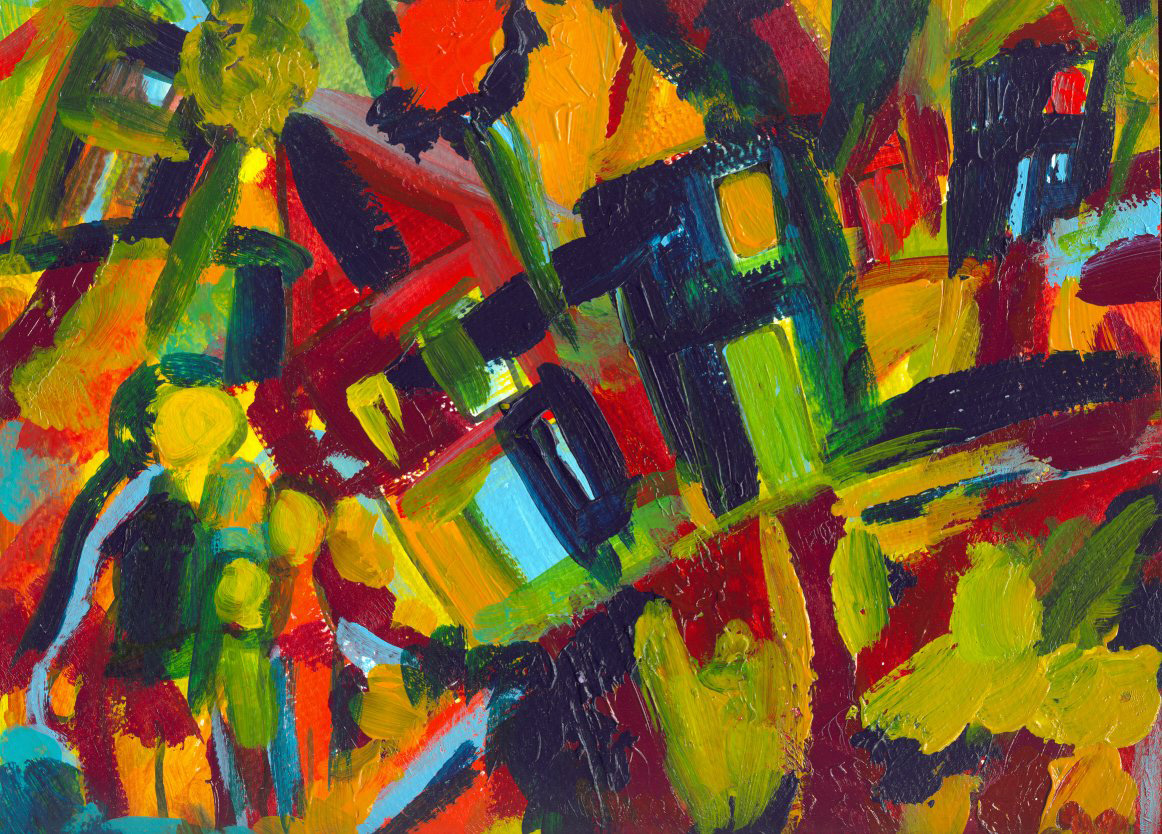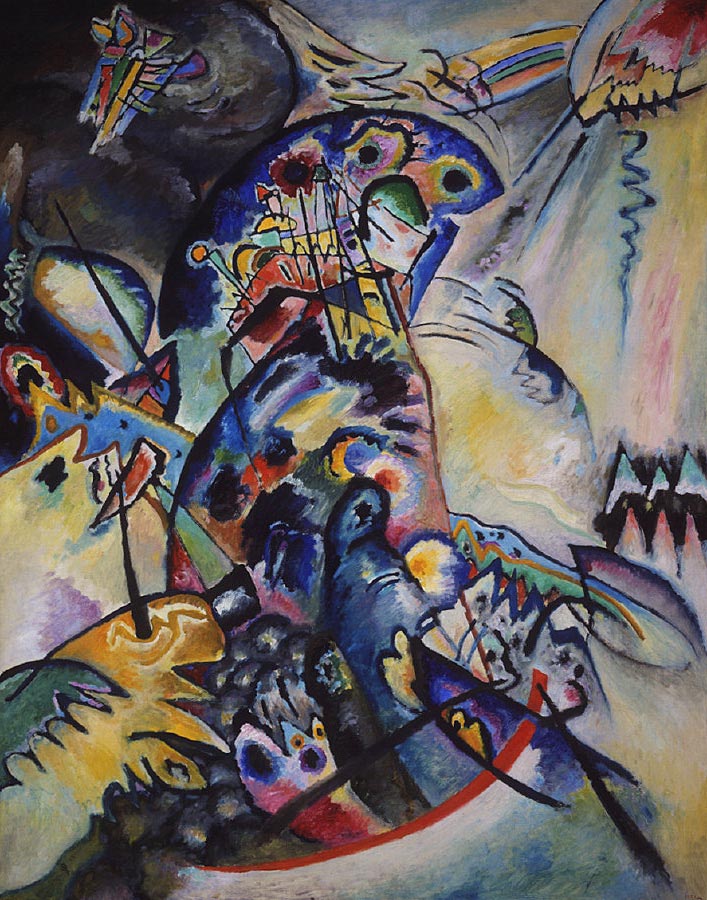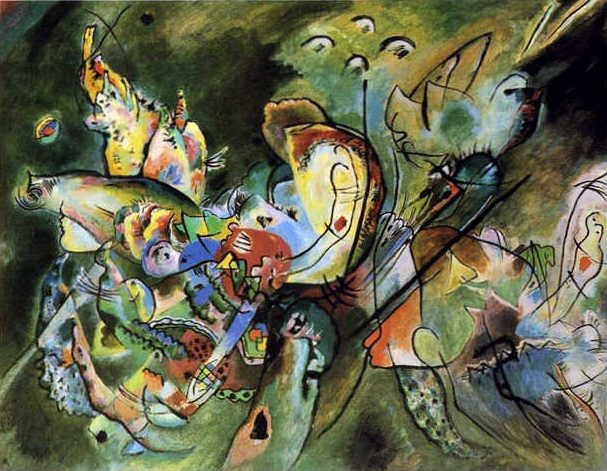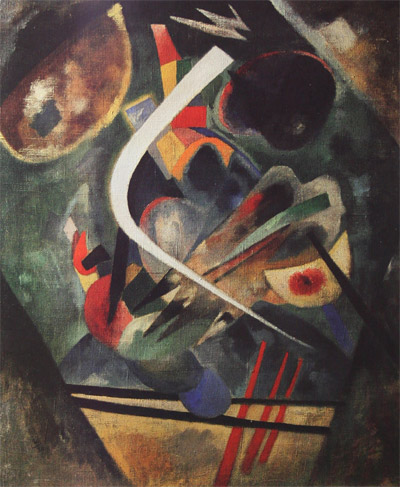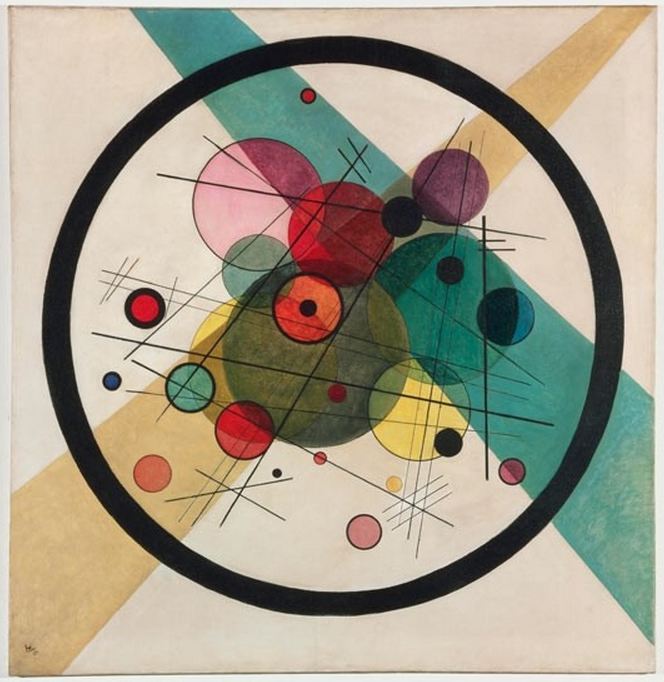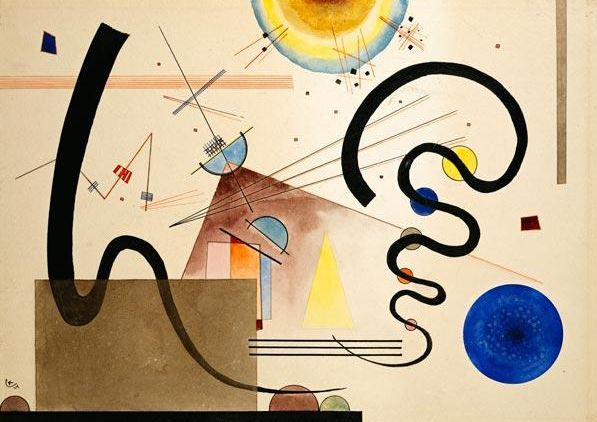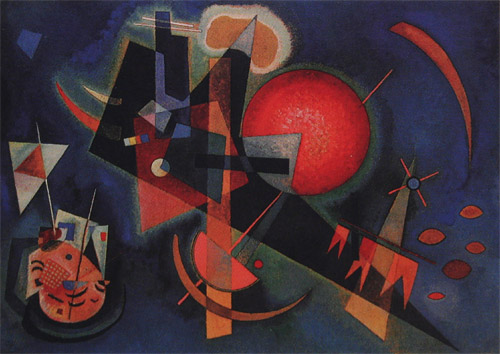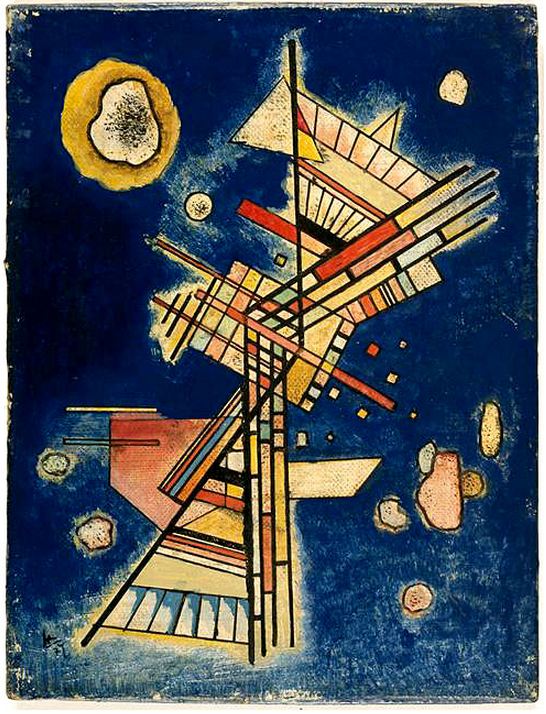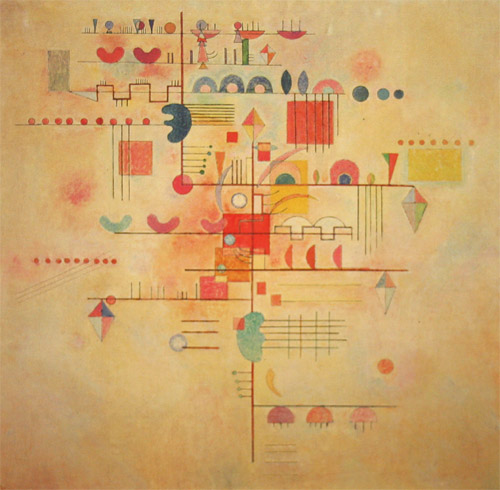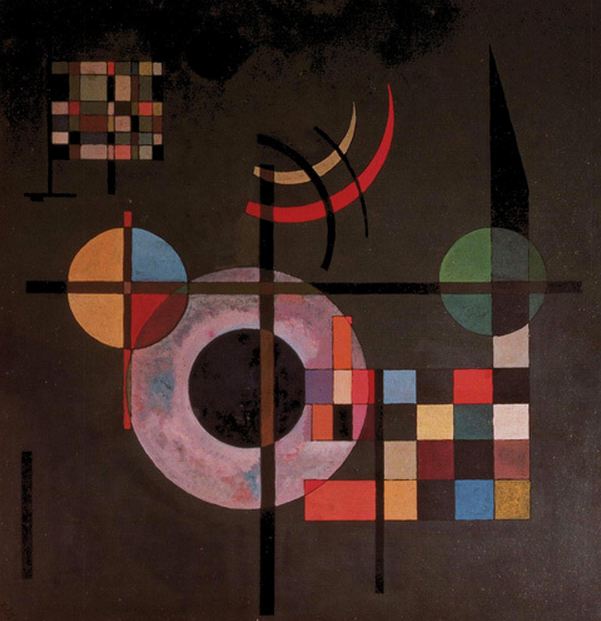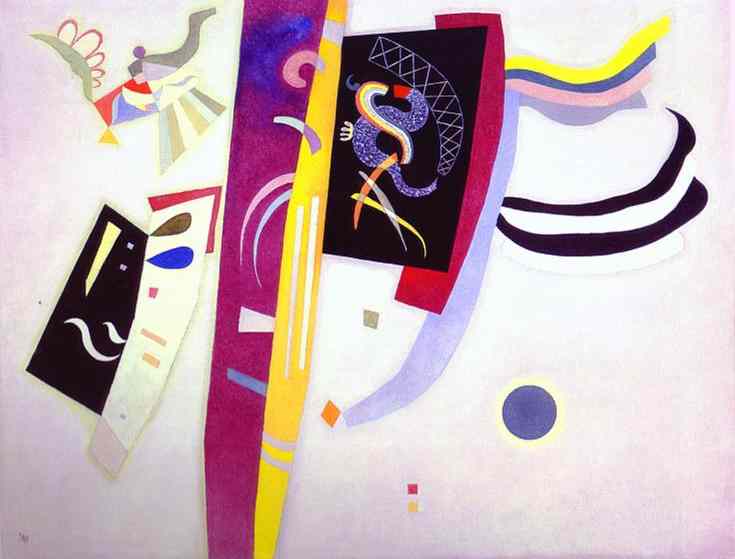Dr. Jerry Taylor of Abilene Christian University serves as the RULS director. What follows are highlights from each presenter. I should say a word about target audience for this dialogue is primarily Christians; therefore, I have intentionally used the vernacular of each presenter. I realize that a downside of this may be a sort of "Christian-ese" language and vocabulary.
Speakers and Notes
Newell Williams (President, Brite Divinity School) opened our time together highlighting our Stone Campbell Movement history saying that racism has been a part of the Stone Campbell tradition....."Since the beginning..."
Don McLaughlin, preaching minister of the North Atlanta Church of Christ in Atlanta, Georgia will serve as the program director for the Baltimore Stone-Campbell Dialogue/RULS.
“We don’t have the vocabulary” to discuss race relations currently or presently. He then noted that while our conversation specifically focused on African American and White relations, this focus required attention to three parameters: 1) To the females in the room, we are behind the game in addressing gender roles and issues; 2) This conversation does not address other minorities and peoples for whom racial injustice occurs; and 3) We must have an open hear to be educated.
Daryl Reed, Lead Pastor of DC Regional Christian Church - That the World May Believe
In referring to John 17, Daryl reminded of the focus: “so that the world may believe.” He noted relative to apologetics that love is the strongest defense, experiencing the love of Christ as embodied and enacted in His people. He asked: How did we get so much right and miss the big stuff? “When we are completely connected to Jesus, we will do what it takes. Citing Joshua 1:9, Daryl exhorted that it will take courage and leadership to begin to address race issues.
~ Transition ~
After Daryl’s talk, Don questioned whether ‘color blindness’ is really what we’re after given that color blindness:
· Requires that I see less of you
· Possible creates less to deal with
· Denies the fullness of a person’s being
“Do you have to know me less to love me more?" Unity [in the John 17 sense] is the expression of how we live with difference.
Doug Foster, Professor of Church History, Abilene Christian University - The Great Deception: How Satan Created Our Perceptions of Race and Deprived Us of Christian Unity
Doug started with a reading of 2 Corinthians 3:12-18 – specifically: 6 But whenever anyone turns to the Lord, the veil is taken away. . . . . And we all, who with unveiled faces contemplate the Lord’s glory, are being transformed into his image with ever-increasing glory.”
The United States story is perpetually filled with conflict and oppression of peoples. If we look historically within the United States, race is seared into the US DNA (e.g., slavery, US Civil War, Jim Crow Laws, Civil Rights, incarceration, Black Lives Matter, etc.). Using excerpts from the film: Race – The Power of An Illusion While we are founded on the ideal of All Men Are Created Equal, the US created a story around the idea of race, an idea that led to notions of that black and slave were synonymous. In an 1846 debate of ‘species’ Samuel Morton put for a notion that blacks were inferior based on skull size. Josiah Nott further argued that blacks are a different species. These ideas served to naturalize a social structure where blacks were subhuman, inferior to whites. Doug emphasized that this creation of a perception of blacks’ inferiority does not go away when Morton and Nott’s flawed science is debunked, does not go away when slavery is gone, and does not go away with civil rights. The rationale does not disappear even if it is flawed once it becomes enculturated. The film Ethnic Notions explored anti-black stereotypes highlighting how popular culture reinforces stereotypes:
· Black is ugly – standards of beauty, comparatives, distortions of black images
· Blacks are savage – African = primitivism, reversion to savagery
· Blacks are happy servants – sambo, Uncle, etc.; dancing, singing, big smile
Project Implicit is a test that explores a person’s thoughts and feelings outside of conscious awareness and control. https://implicit.harvard.edu/implicit/


